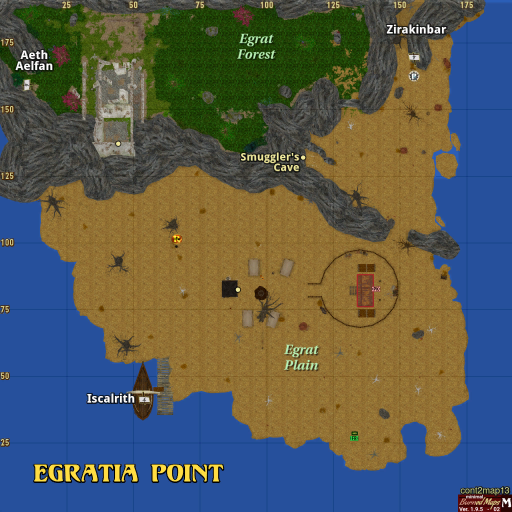

In between was a period of Christian unification under Navarrese hegemony and success in the Reconquista against the taifa kingdoms that replaced the fallen caliphate. In Spain, the century opened with the successes of the last caliphs of Córdoba and ended in the successes of the Almoravids. In Northern Italy, a growth of population in urban centers gave rise to an early organized capitalism and more sophisticated, commercialized culture by the late 11th century, most notably in Venice. By the end of the century, Lombard and Byzantine rule in the Mezzogiorno had been usurped by the Normans and the power of the territorial magnates was being replaced by that of the citizens of the northern cities. In Italy, the century began with the integration of the kingdom into the Holy Roman Empire and the royal palace at Pavia was summoned in 1024. There were also the first figures of the intellectual movement known as Scholasticism, which emphasized dialectic arguments in disputes of Christian theology as well as classical philosophy. In France, it saw the nadir of the monarchy and the zenith of the great magnates, especially the dukes of Aquitaine and Normandy, who could thus foster such distinctive contributions of their lands as the pious warrior who conquered Britain, Italy, and the East and the impious peacelover, the troubadour, who crafted out of the European vernacular its first great literary themes. The social transformations wrought in these lands brought them into the fuller orbit of European feudal politics. In Britain, it saw the transformation of Scotland into a single, more unified and centralised kingdom and the Norman conquest of England in 1066. In Germany, the century was marked by the ascendancy of the Holy Roman Emperors, who hit their high-water mark under the Salians. In 1054, the Great Schism saw the political and religious culmination and a formal split between the Western and Eastern church. It saw the final Christianisation of Scandinavia and the emergence of the Peace and Truce of God movements, the Gregorian Reforms, and the Crusades which revitalised a church and a papacy that had survived tarnished by the tumultuous 10th century. The century began while the translatio imperii of 962 was still somewhat novel and ended in the midst of the Investiture Controversy. In European history, the 11th century is regarded as the beginning of the High Middle Ages, an age subsequent to the Early Middle Ages. The Brihadeeswarar Temple of Chola era southern India, completed in 1010, during the reign of Rajaraja I The Tiwanaku Empire centered around Lake Titicaca collapsed in the first half of the century. In the Americas, the Toltec and Mixtec civilizations flourished in Central America, along with the Huari Culture of South America and the Mississippian culture of North America. In Japan, the Fujiwara clan continued to dominate the affairs of state. The Western Chalukya Empire (the Chola's rival) also rose to power by the end of the century. The Fatimid Caliphate in Egypt, the Ghaznavids, and the Chola dynasty in India had reached their zenith in military might and international influence. In this century the Turkish Seljuk dynasty comes to power in Western Asia over the now fragmented Abbasid realm, while the first of the Crusades were waged towards the close of the century. In Korea, the Goryeo Kingdom flourished and faced external threats from the Liao dynasty ( Manchuria). Rival political factions at the Song dynasty court created strife amongst the leading statesmen and ministers of the empire. In Song dynasty China and the classical Islamic world, this century marked the high point for both classical Chinese civilization, science and technology, and classical Islamic science, philosophy, technology and literature. Christendom experienced a formal schism in this century which had been developing over previous centuries between the Latin West and Byzantine East, causing a split in its two largest denominations to this day: Roman Catholicism and Eastern Orthodoxy. There was, after a brief ascendancy, a sudden decline of Byzantine power and a rise of Norman domination over much of Europe, along with the prominent role in Europe of notably influential popes. In the history of Europe, this period is considered the early part of the High Middle Ages. The 11th century is the period from 1001 ( MI) through 1100 ( MC) in accordance with the Julian calendar, and the 1st century of the 2nd millennium. Political boundaries in Eastern Hemisphere at the end of the 11th century


 0 kommentar(er)
0 kommentar(er)
